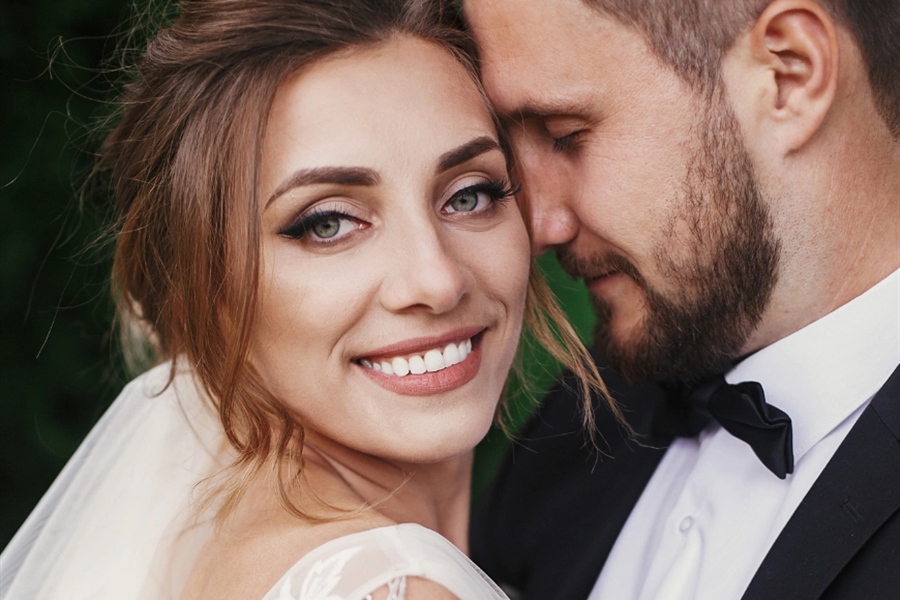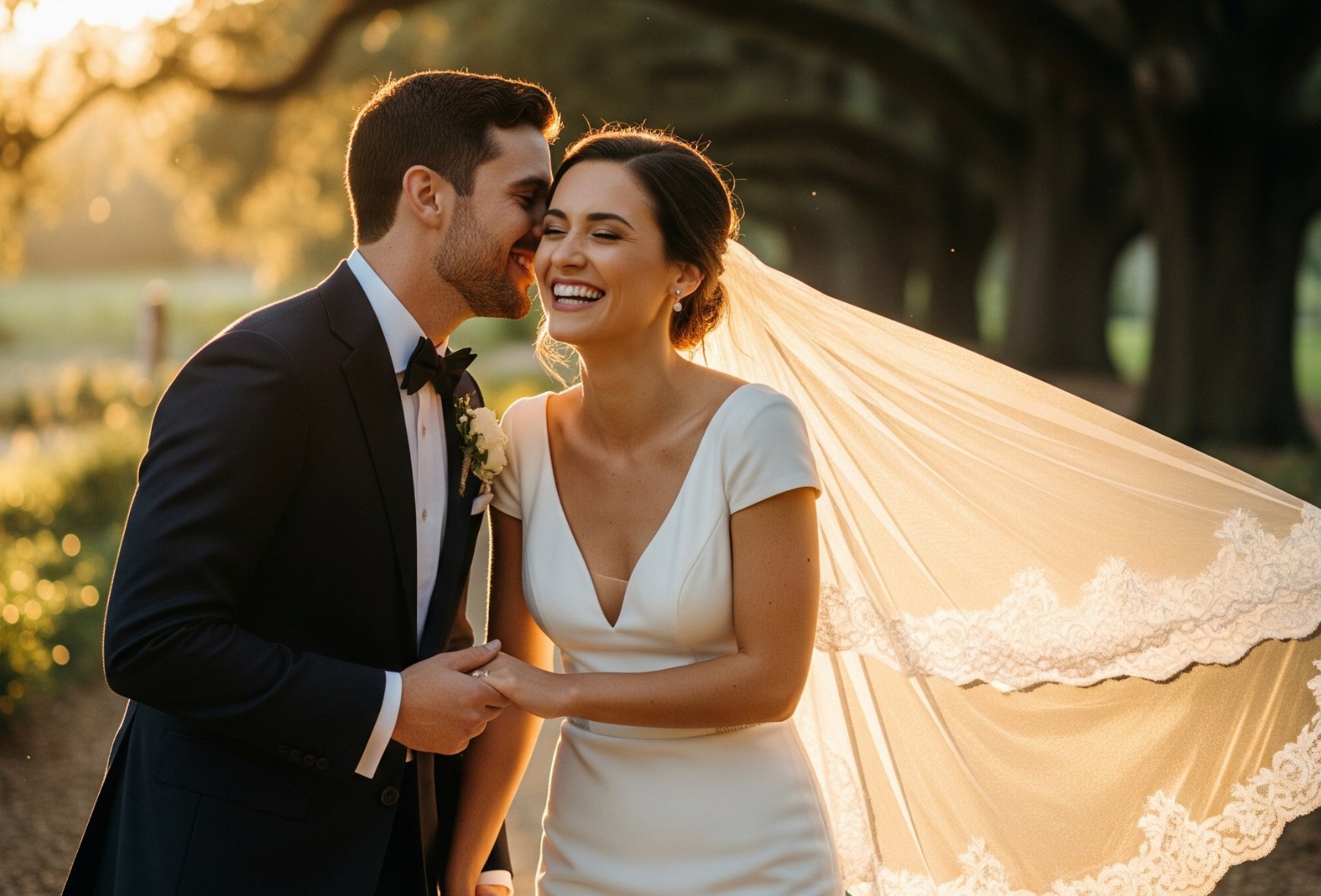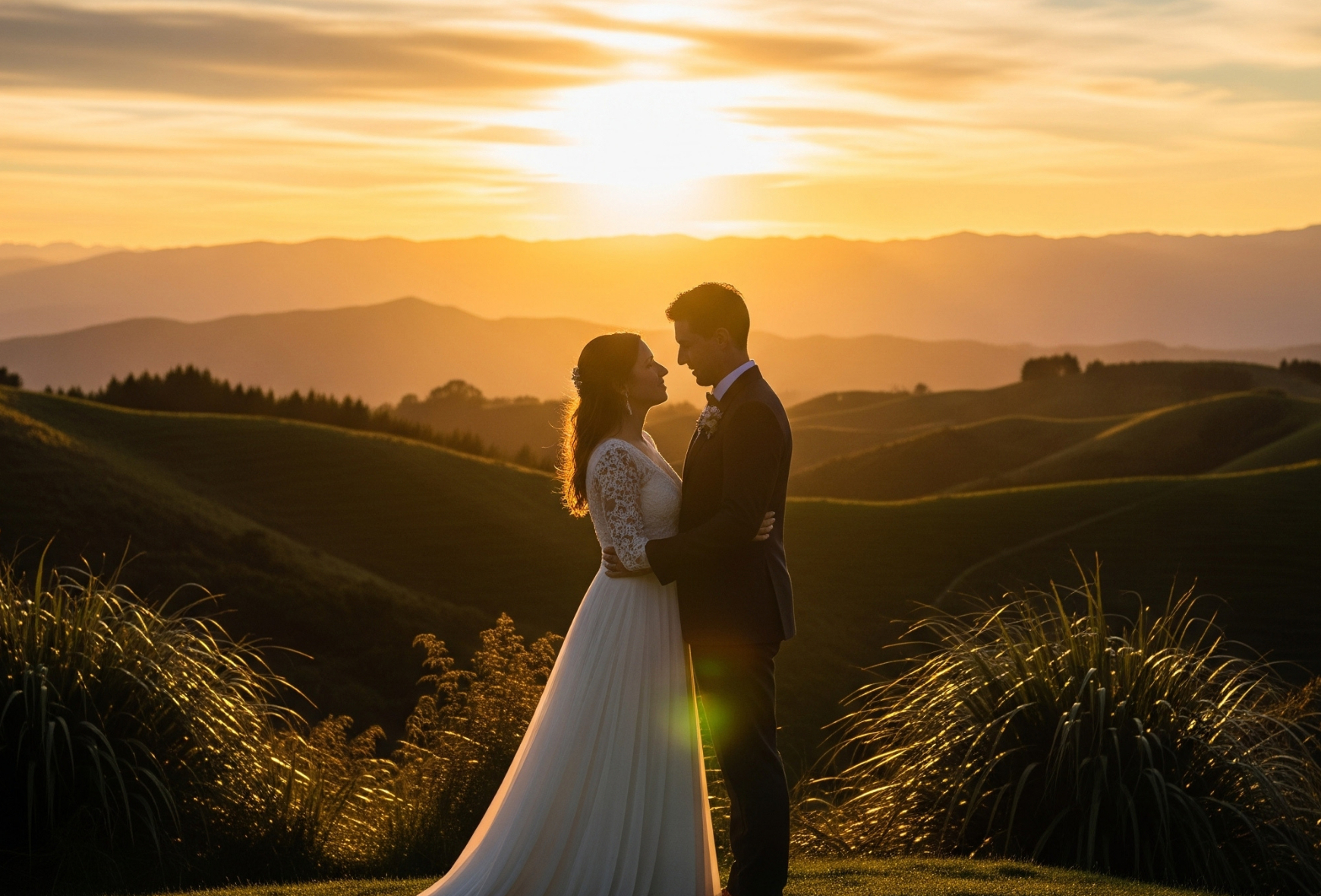
Your wedding day is one of the most important days of your life, and having stunning photographs to commemorate it is essential. Whether you're working with a professional photographer or relying on friends and family to capture moments, these tips will help ensure your wedding photos are nothing short of spectacular.
Planning Your Photography Timeline
Creating a detailed photography timeline is crucial for capturing all the important moments without feeling rushed. Start by listing all the key events you want photographed, from getting ready shots to the final dance. Allow extra time between events, as weddings often run slightly behind schedule. Discuss your timeline with your photographer well in advance, and share it with your wedding party so everyone knows when they'll be needed for photos.
Consider scheduling your couple’s portraits during the "golden hour" - the hour before sunset when the lighting is soft and romantic. This timing will give you those dreamy, glowing photos that look effortlessly beautiful. If you're having an outdoor ceremony, think about the sun’s position throughout the day and how it might affect your photos.
Here’s a rough timeline example for a 4:00 PM ceremony:
- 12:00 PM - Getting ready photos begin (bride and groom separately)
- 1:30 PM - Detail shots (rings, dress, flowers, stationery)
- 2:15 PM - First look or pre-ceremony couple photos
- 3:00 PM - Wedding party and family group photos
- 3:45 PM - Guests arrive, candid shots
- 4:00 PM - Ceremony begins
- 4:30 PM - Post-ceremony confetti/bubbles shots
- 4:45 PM - Family formal photos
- 5:30 PM - Couple’s golden hour portraits
- 6:30 PM - Cocktail hour and reception preparations
- 7:00 PM - Reception begins, speeches, first dance
Remember to build in 15-30 minute buffers between major events to account for any delays.
Choosing the Right Photographer
Selecting the perfect photographer is perhaps the most important decision you'll make regarding your wedding photos. Look beyond just pretty pictures and consider their personality, working style, and experience with weddings similar to yours. Schedule a meeting or video call to ensure you feel comfortable with them, as they'll be by your side throughout your special day.
Review their full wedding galleries, not just highlight reels, to get a true sense of their consistency and ability to capture both posed and candid moments. Ask about their backup plans for equipment failures or emergencies, and ensure they have a contract that clearly outlines deliverables, timelines, and what happens if something goes wrong.
Mastering the Art of Posing
Natural, relaxed poses always photograph better than stiff, formal ones. Practice a few basic poses beforehand, such as the classic "forehead touch" or walking hand-in-hand whilst looking at each other. Remember that the best photos often happen between poses, so don’t be afraid to move, laugh, and interact naturally with your partner.
For group photos, arrange people in triangular formations rather than straight lines, as this creates more visual interest. Ensure everyone can see the camera and remind them to keep their shoulders angled slightly towards the centre of the group. A good tip is to have everyone take a small step forward to avoid creating shadows on faces.
Lighting Considerations
Understanding lighting can make or break your wedding photos. Natural light is generally the most flattering, so if possible, schedule important photos near large windows or outdoors. Avoid harsh midday sun, which creates unflattering shadows under eyes and noses. Instead, seek open shade or use the golden hour for outdoor portraits.
For indoor ceremonies, discuss lighting with your venue beforehand. Some churches and venues have restrictions on flash photography, so ensure your photographer is prepared with equipment that performs well in low light. Consider having your ceremony during daylight hours if possible, as this will provide the best natural lighting for your photos.
Capturing Candid Moments
Whilst posed photos are important, candid shots often become the most treasured memories. Encourage your photographer to capture the in-between moments - your grandmother wiping away a tear, children playing during the reception, or quiet moments of reflection. These unguarded moments tell the real story of your day.
Ask your photographer to document the details that make your wedding unique, such as handmade decorations, meaningful flowers, or special family heirlooms. These detail shots help create a complete narrative of your wedding day and preserve memories of elements that might otherwise be forgotten.
Working with Different Weather Conditions
New Zealand weather can be unpredictable, so having a backup plan is essential. If rain is forecast, embrace it rather than stress about it. Some of the most romantic wedding photos feature couples sharing umbrellas or dancing in the rain. Ensure your photographer comes prepared with weather protection for their equipment.
For sunny days, be mindful of squinting in bright light. Practice smiling with your eyes slightly squinted to avoid looking uncomfortable. Your photographer should position you to minimise harsh shadows and use reflectors or diffusers when necessary. Overcast days actually provide beautiful, even lighting that’s very flattering for portraits.
Reception Photography Tips
The reception offers countless opportunities for memorable photos, from the first dance to cake cutting and everything in between. Ensure your photographer knows about any special traditions or surprises you've planned. If you're having speeches, brief the photographer about who will be speaking so they can capture both the speaker and audience reactions.
Consider having an unplugged ceremony where guests put away their phones and cameras, allowing your professional photographer to work without obstruction. However, you might want to encourage guest photography during the reception to capture different perspectives and moments your photographer might miss.
Post-Wedding Photo Considerations
Discuss editing styles with your photographer beforehand to ensure their post-processing aligns with your vision. Some photographers prefer natural, minimal editing, whilst others create more stylised looks. Ask to see before and after examples of their editing work.
Plan for photo delivery timelines and formats. Many photographers now deliver images through online galleries, making it easy to share with family and friends. Consider creating a wedding hashtag for social media so you can easily find and collect photos taken by guests on their phones.
Preserving Your Memories
Once you receive your photos, back them up in multiple locations - cloud storage, external hard drives, and consider printing favourites for physical albums. Create a timeline for selecting and printing photos whilst the memories are still fresh. Many couples find it helpful to create different albums for different audiences - a comprehensive album for themselves and smaller, curated versions for parents and grandparents.
Consider creating a digital slideshow or photo book that tells the story of your entire wedding day from preparation through to the last dance. This becomes a wonderful way to relive your special day and share it with future generations.
Your wedding photos will become family heirlooms, so investing time in planning and preparation will pay dividends for years to come. Remember that the best wedding photos capture not just how you looked, but how you felt - the joy, love, and celebration that made your day uniquely yours.
Check out our amazing Photographers right HERE📸


